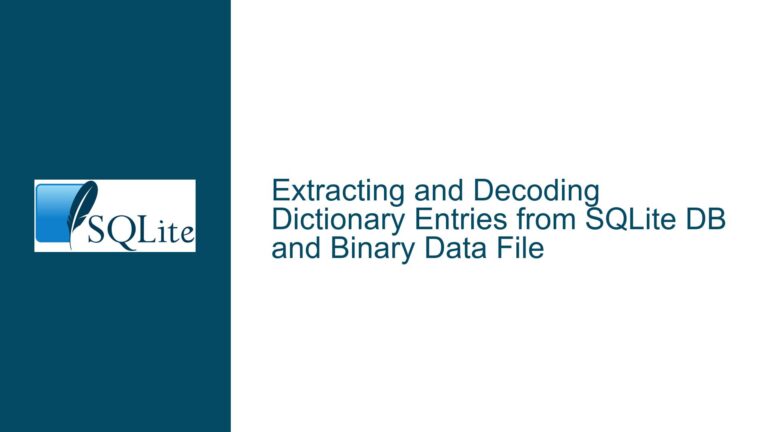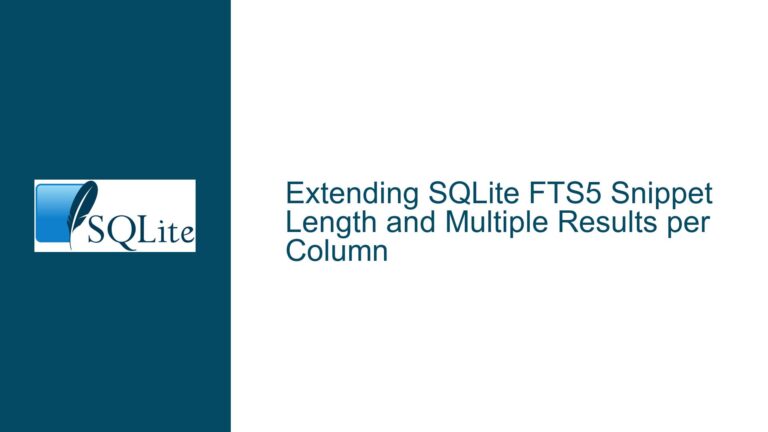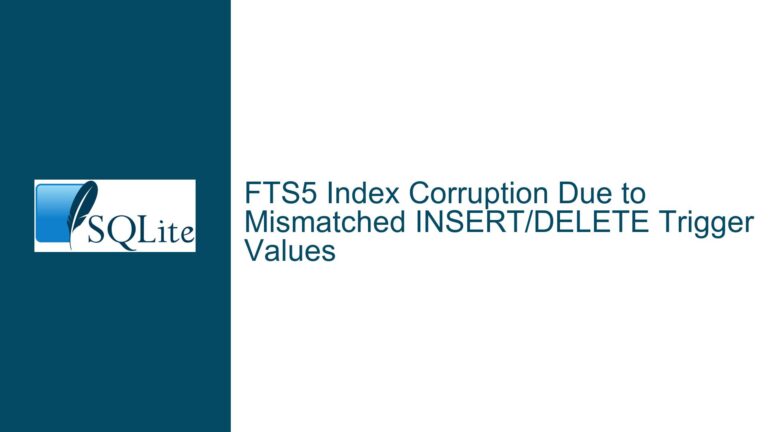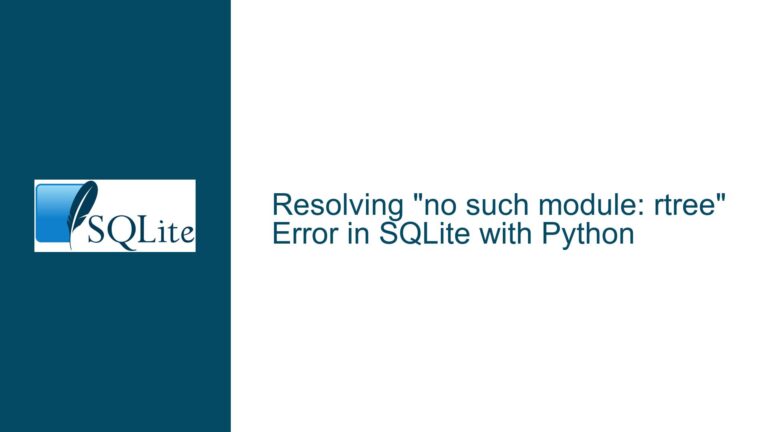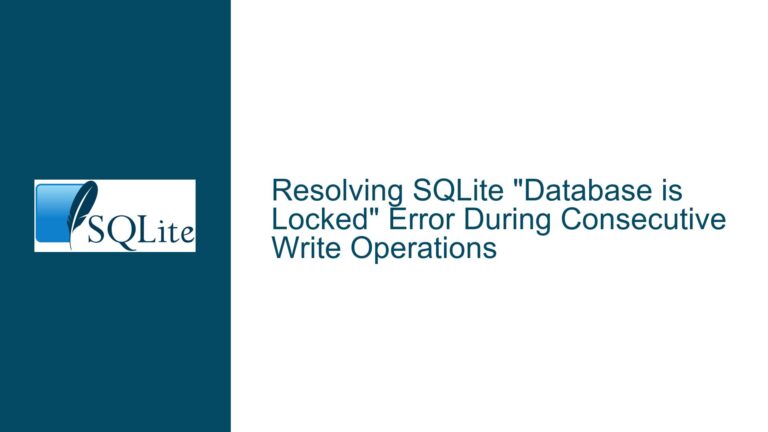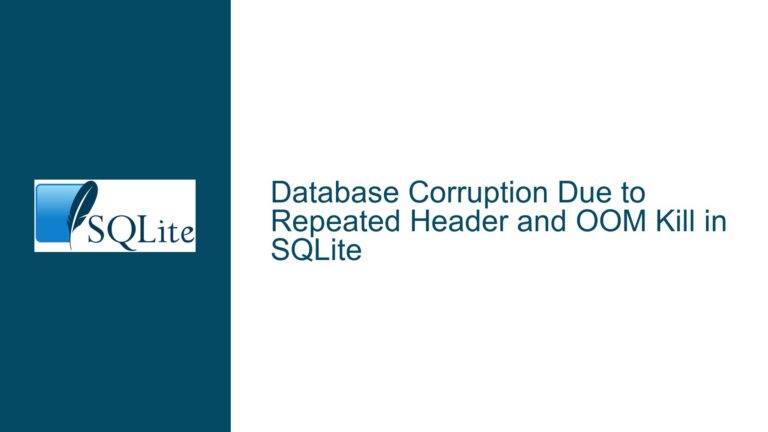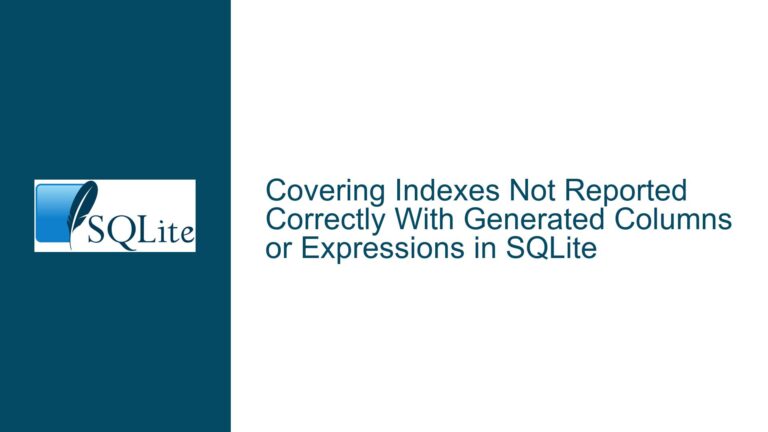Extracting and Decoding Dictionary Entries from SQLite DB and Binary Data File
Understanding the SQLite Database Schema and Binary Data File Relationship The core issue revolves around extracting and decoding dictionary entries stored in a SQLite database (Engelsk.gdb) and an accompanying binary data file (Engelsk.dat). The SQLite database contains metadata and references to the binary data file, which holds the actual dictionary entries in an encoded or…
